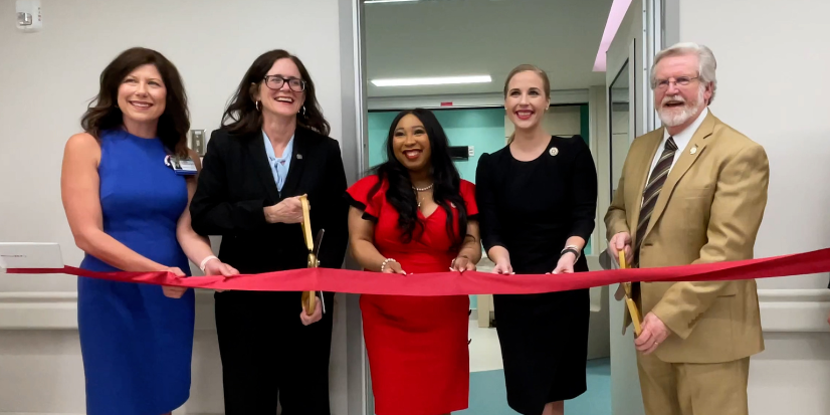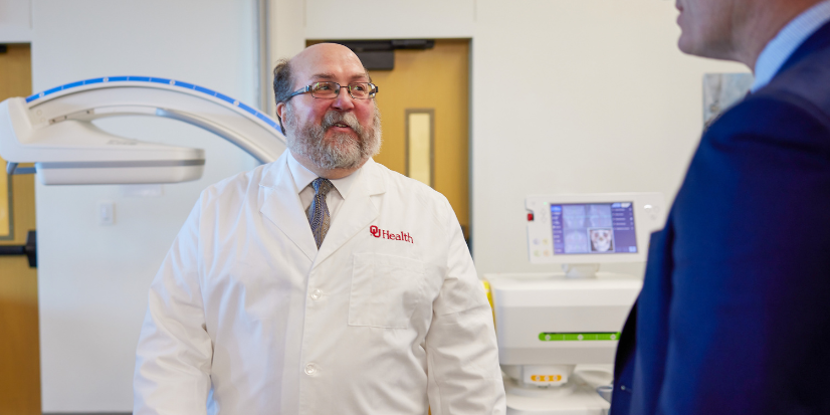Adult Diabetes – From Crisis to Calm

At 12 years old, Will Brewster enjoyed spending time with friends playing video games and building Star Wars Lego sets. But Will was starting to experience some unusual symptoms which worried his parents, and little did they all realize how much Will’s life was about to change.
Will was losing weight, was constantly thirsty and needed to use the restroom more. His mother, Rhesa Brewster, recognized those symptoms. She recalls, “When I was in elementary school, my best friend was diagnosed with Type 1 diabetes. As a pre-teen, I was with her every step of the way. Because of the close journey with her, both before and during her diagnosis, I remember, distinctly, the symptoms that were clues leading to her diagnosis. Fast forward to 2004, when it became apparent that Will had developed those exact symptoms, I knew.”
Rhesa went out and bought a blood glucose meter and tested Will’s blood sugar levels at home.
“His blood sugar levels were off the charts,” she said. “We kept him on a low-carb diet until we could get him into a pediatrician and finally, the blood tests confirmed what we had suspected — Will had Type 1 diabetes.”
Will was admitted to Dallas Children’s Hospital for a week so the family could learn how to manage his new way of life.
What is Type 1 Diabetes?
Type 1 diabetes is a condition in which the pancreas doesn’t make the hormone insulin, or makes very little insulin. When we eat, the amount of glucose in the blood increases and the pancreas sends insulin into the blood to help the glucose (blood sugar) enter the cells so it can be used as energy. In Type 1 diabetes, the glucose builds up in the bloodstream and damages the body. It usually develops in children, teens and young adults, but it can affect anyone, at any age. In Oklahoma, 14.3% of the adult population has diabetes, which accounts for 451, 888 people. Approximately 36.9% of the adult population in Oklahoma are prediabetic and many may not even realize it.
Type 1 diabetes is less common than Type 2 diabetes and approximately 5-10% of people diagnosed with diabetes have Type 1. It is thought to be caused by an autoimmune reaction that destroys the cells in the pancreas and can continue for months or years before the symptoms appear. Type 1 diabetes requires careful, ongoing management which includes consistently monitoring blood sugar levels, strict dietary requirements and injecting insulin. For Will, at 12-years-old, this diagnosis was life-changing.
A New Way of Life
Will’s life changed dramatically but he still managed to continue doing the things he loved. He recalls how isolating it became as he had to remove himself from his peers to take his blood sugar levels and inject himself with insulin.
“I feel like I had to grow up a lot faster than a lot of my friends did,” Will recalls. “Having Type 1 diabetes is a full-time job that doesn't come with any PTO and I clocked in before I was a teenager.”
After almost 15 years of living with Type 1 diabetes, Will was exhausted from dealing with the disease. It consumed so much of his life and with so much going on, he’d had enough.
“I stopped caring,” he said. “I’m not dumb, I know what happens when diabetes isn’t managed well, but I really didn’t care. I was living on my own in Dallas, working full time and dating, but I was unhappy. Diabetes was really only one of the things that made me feel that way. When I stopped managing my diabetes things got worse — I lost my job and it really only took about three months before I ended up in the hospital.”
Will didn’t stop his insulin entirely during this time, instead, he took just enough every day to get him through. He stopped monitoring his blood sugar levels and taking a carefully measured dose of rapid acting insulin to counteract the carbohydrates in each meal. Things reached a climax after a few months of this, when Will passed out alone on the bathroom floor of his apartment.
“Will was in a really bad way,” said Tom Brewster, Will’s father. “I had been trying to reach him all morning and he wasn’t answering. He had told me the night before he wasn’t feeling well so when I couldn’t reach him, I was concerned.”
Tom called the EMT and they had to cut a hole in the wall so they could get in. Will was rushed to the hospital and things were grim.
“The doctors were unsure if they’d be able to stabilize Will and were expecting the worst. He was in an induced coma. It was during COVID and only one person was allowed in his room at a time — I stayed at his bedside for four days.”
Find the Support You Deserve
Will was in the hospital for seven days and then in rehab for three before he could leave. After Will left the hospital, he knew it was time to get back on track. He moved back to Oklahoma City with his parents and his mother reached out to OU Health Harold Hamm Diabetes Center.
From his very first visit, Will had the support he needed. It started with being introduced to the continuous glucose monitor. Will’s provider, Kacy Aderhold, APRN, Advanced Diabetes Management expert and Certified Diabetes Care and Education Specialist at Harold Hamm Diabetes Center, wrote him a prescription for the continuous glucose monitor which sends constant readings of blood sugar levels to a smartphone via Bluetooth.
“I don’t have to prick my fingers anymore to test my blood. I no longer have the calluses on my fingers from having to prick them five times a day,” Will said. “Besides that, I value the encouragement that they give me — it’s one of those things that you don’t often think about, but it’s nice. They’ve made my diabetes so much easier to manage.”
Kacy Aderhold said, “I am honored to have been a part of Will’s journey to turn his life around. Diabetes can be a devastating diagnosis and disease, but it does not have to be! Diabetes technology and treatments have grown rapidly in the past several years, allowing us to offer better solutions to patients. Our goal is to alleviate the burden of diabetes management and remove barriers to a healthy and happy life with diabetes.”
Learning to manage diabetes is vital to patients who long to live as normal a life as possible. Will is grateful to Harold Hamm Diabetes Center for the help he’s had in managing diabetes.
“I feel that Harold Hamm Diabetes Center gave me the exact help I needed, exactly when I needed it. I believe that if I had found them earlier, I wouldn’t have reached that low point in my life where I just stopped caring. Things could have been very different.”
Visit hammdiabetescenter.org to learn more about OU Health Harold Hamm Diabetes Center and how they can help you manage diabetes, or to schedule an appointment.



